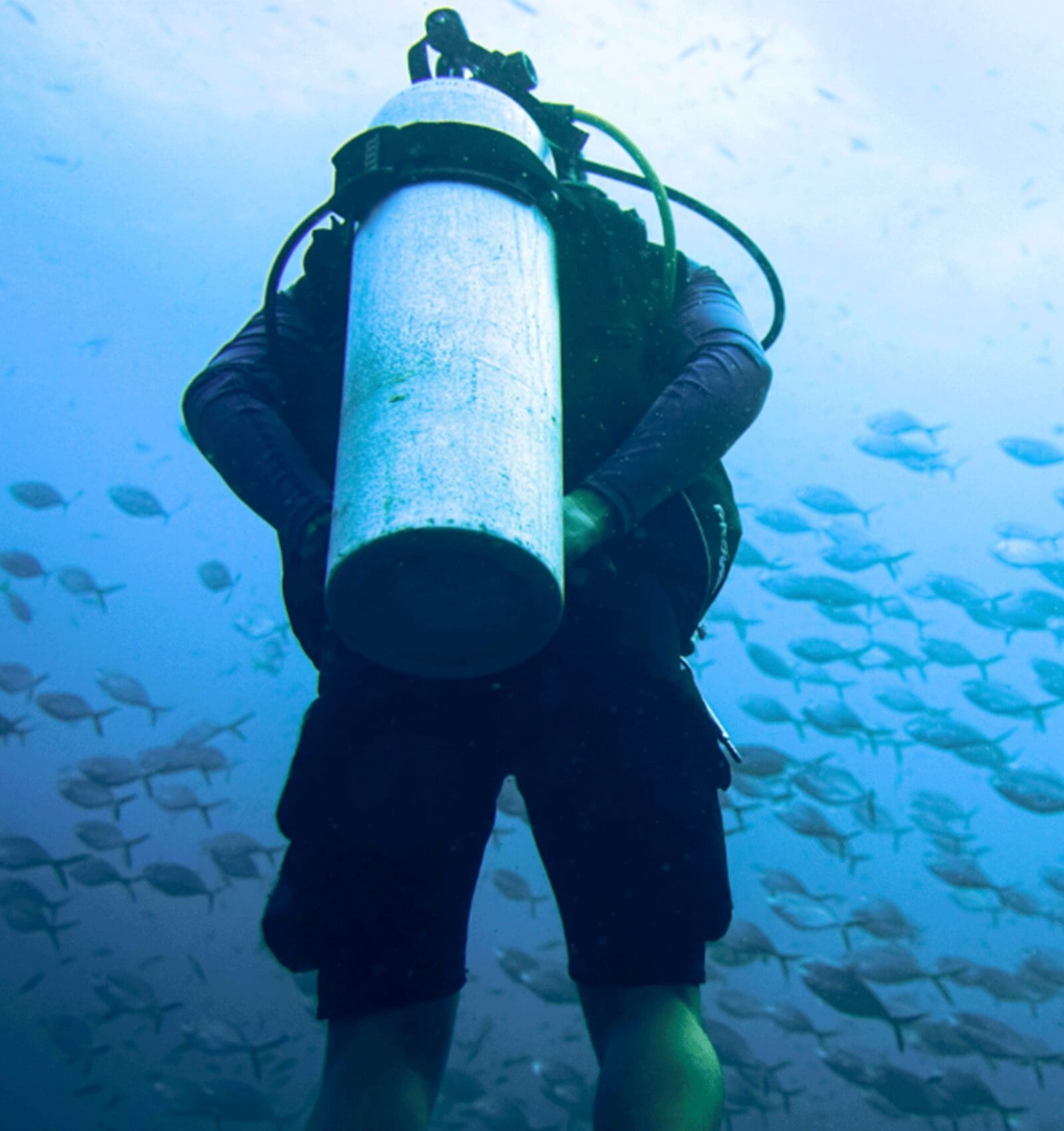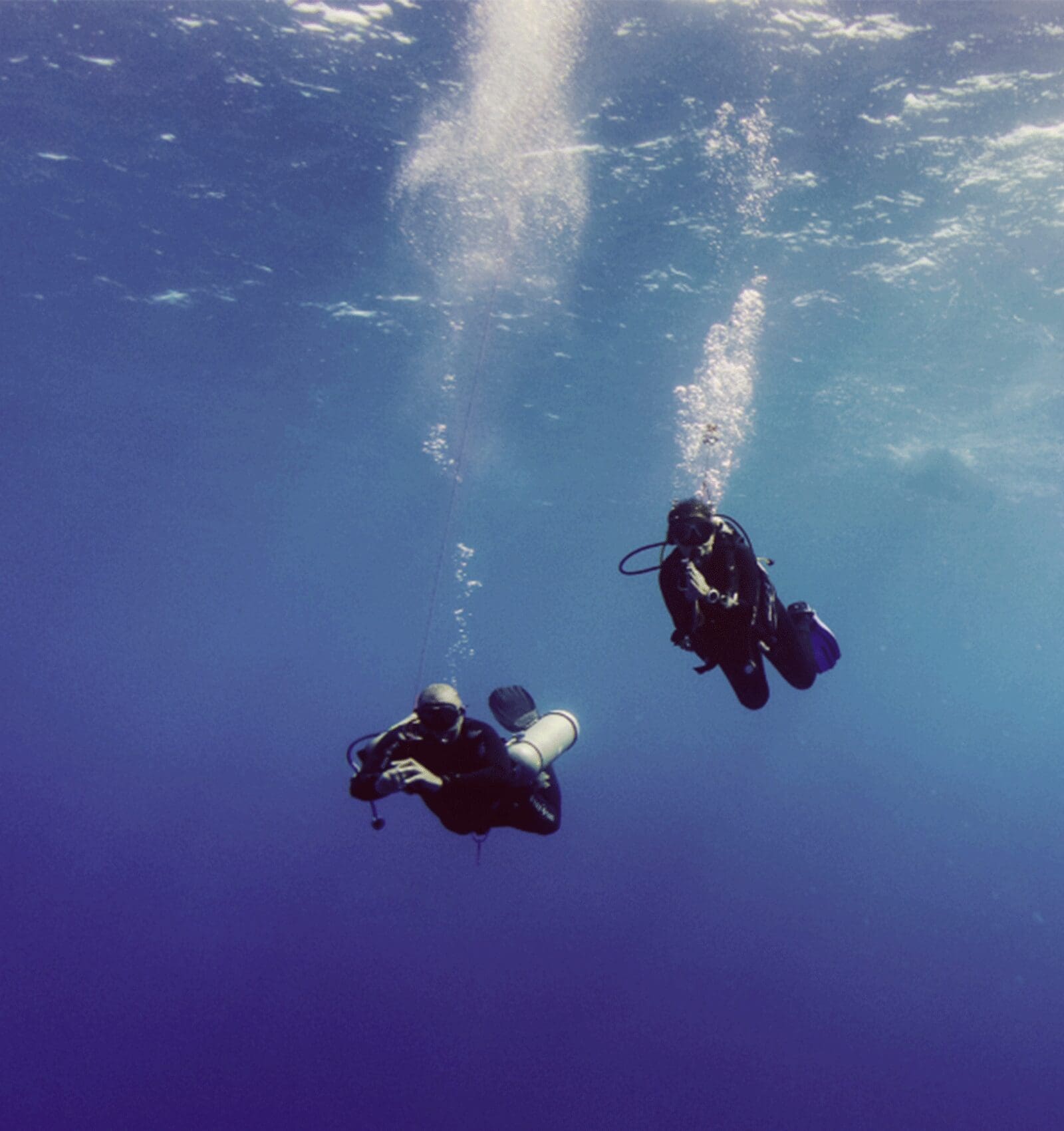The Secret Life of Moray Eels: Mysterious Predators of Boracay’s Reefs
The Secret Life of Moray Eels: Mysterious Predators of Boracay’s Reefs
The underwater world is full of fascinating creatures, but few are as mysterious and misunderstood as moray eels. With their snake-like bodies, sharp teeth, and habit of peering out from coral crevices, moray eels are often seen as fearsome predators. However, beneath their intimidating appearance lies a crucial reef inhabitant that plays a significant role in Boracay’s marine ecosystem.
For divers, spotting a moray eel in its natural habitat is an exciting and unforgettable experience. In this article, we’ll explore the behavior, hunting techniques, symbiotic relationships, and best dive sites to find moray eels in Boracay.
What Are Moray Eels?
Moray eels belong to the Muraenidae family, a group of around 200 species of eels found in tropical and subtropical waters worldwide. Unlike most fish, moray eels lack pectoral fins, giving them their distinctive snake-like appearance.
Key Characteristics of Moray Eels:
✔️ Elongated, muscular body – Allows them to move smoothly through narrow crevices and reef structures.
✔️ Nocturnal hunters – They primarily hunt at night but can sometimes be seen active during the day.
✔️ Sharp teeth and strong jaws – Designed to grip and tear prey rather than chew.
✔️ Second set of jaws – Known as pharyngeal jaws, these secondary jaws help pull prey deeper into the eel’s throat, preventing escape.
Despite their menacing appearance, moray eels are not aggressive toward divers unless provoked or threatened.
Common Moray Eel Species Found in Boracay
Boracay’s reefs are home to several species of moray eels, each with unique features and behaviors.
1. White-Eyed Moray Eel (Gymnothorax thyrsoideus)
✅ Distinct Features: Small size, whitish eyes, and a speckled brown body.
✅ Size: Grows up to 40 cm (16 inches).
✅ Where to Find Them: Often seen in shallow coral reefs, particularly at sites like Angol Point and Coral Garden.
✅ Behavior: Known for forming groups and sharing dens with other eels, unlike most moray species.
2. Yellowmargin Moray Eel (Gymnothorax flavimarginatus)
✅ Distinct Features: Large size, yellow-edged fins, and a muscular body.
✅ Size: Can grow up to 1.5 meters (5 feet).
✅ Where to Find Them: Typically seen in deep reef areas at sites like Yapak and Channel Drift.
✅ Behavior: Solitary and territorial, often spotted sticking its head out of coral overhangs.
3. Giant Moray Eel (Gymnothorax javanicus)
✅ Distinct Features: The largest moray eel species, with a dark mottled body.
✅ Size: Can grow over 3 meters (10 feet) in length.
✅ Where to Find Them: More commonly seen on deeper dives, such as Camia II Wreck and Punta Bunga.
✅ Behavior: One of the most powerful reef predators, capable of taking down large fish, octopuses, and even small sharks.
Spotting any of these eels while diving in Boracay is a true highlight, especially for underwater photographers and macro enthusiasts.
The Hunting Strategy of Moray Eels
Moray eels are ambush predators, meaning they remain hidden within coral crevices and rocky outcrops, waiting for the perfect moment to strike. Unlike other predatory fish, they do not rely on speed but on precision and patience.
How Moray Eels Hunt:
🐟 Stealth and Ambush – Moray eels remain motionless inside their dens, waiting for unsuspecting prey to swim too close.
🐟 Quick Strikes – Once in range, they lunge forward, grabbing their prey with their needle-sharp teeth.
🐟 Pharyngeal Jaws – Moray eels are unique among fish because they have a second set of jaws inside their throat, which pulls prey further in, preventing escape.
🐟 Assistance from Reef Partners – Some species, like the Giant Moray, cooperate with other predators such as groupers and coral trout, taking advantage of each other’s hunting techniques to capture prey more efficiently.
Moray eels feed on small fish, crustaceans, squid, and even octopuses, making them important for regulating reef populations.
Where to Spot Moray Eels in Boracay
Boracay’s reefs provide the perfect hiding places for moray eels, with their abundance of coral formations, overhangs, and crevices. Some of the best dive sites for spotting moray eels include:
📍 Camia II Wreck – The wreck’s structure provides plenty of nooks and crannies where moray eels can be found peeking out.
📍 Crocodile Island – A macro-lover’s paradise, home to white-eyed moray eels hiding in coral ledges.
📍 Channel Drift – Strong currents attract large fish, and yellowmargin moray eels often take advantage of the fast-moving food supply.
📍 Punta Bunga – This deep reef is one of the best places to find giant moray eels, especially for advanced divers.
📍 Angol Point – A shallow reef site where smaller species, like white-eyed moray eels, can often be seen.
Since moray eels are most active at night, night dives offer the best chance of seeing them on the hunt.
Are Moray Eels Dangerous to Divers?
Moray eels are often misunderstood as aggressive, but in reality, they are not a threat to divers unless provoked. Most bites occur when a diver attempts to touch or feed them, leading to accidental injuries.
How to Safely Observe Moray Eels While Diving:
✔️ Do Not Touch – Avoid reaching into coral crevices or attempting to interact with them.
✔️ Respect Their Space – Keep a safe distance and allow them to go about their natural behaviors.
✔️ No Feeding – Hand-feeding eels can alter their natural behavior and lead to accidental bites.
✔️ Use a Dive Light at Night – If night diving, a dive light can help spot them without disturbing them.
By following these guidelines, divers can enjoy safe and unforgettable encounters with moray eels in Boracay.
Final Thoughts: The Hidden Predators of Boracay’s Reefs
Moray eels may not be the most obvious creatures on the reef, but they are among the most fascinating. Their stealth, power, and unique adaptations make them an essential part of Boracay’s marine ecosystem. Whether it’s spotting a white-eyed moray eel at Angol Point or coming face-to-face with a giant moray at Camia II Wreck, these encounters are a reminder of the incredible biodiversity that thrives beneath the waves.
At New Wave Divers Boracay, we love introducing divers to the mysterious world of moray eels. If you’re eager to explore Boracay’s underwater world and spot these incredible predators, book a dive with us today and experience the thrill of discovering marine life up close!

Wish to know more about the diving in Boracay? Our team will be delighted to answer your questions and let us know why we should be your first choice when planning your dive vacation to the Philippines. We hope to hear from you soon!
